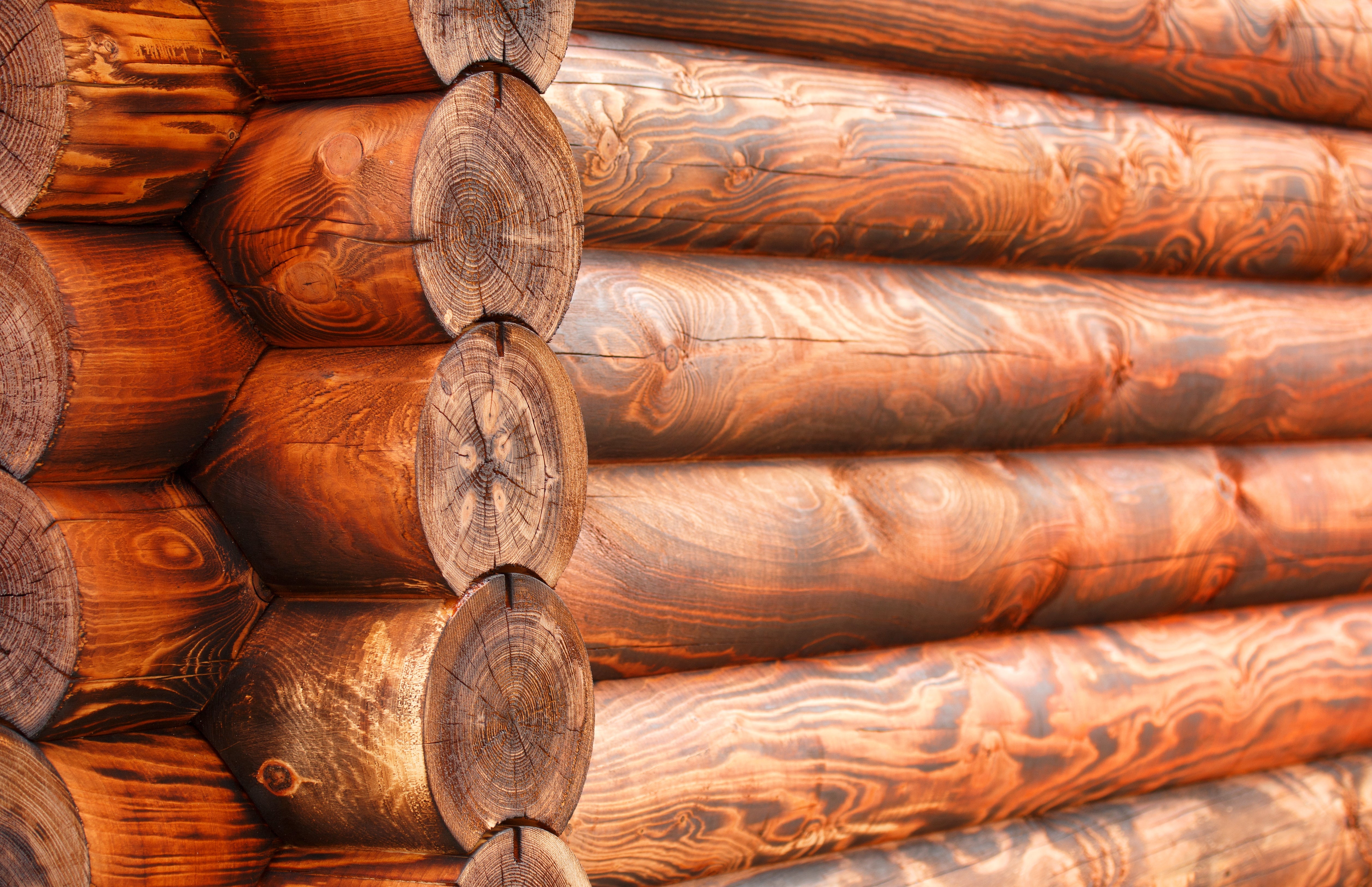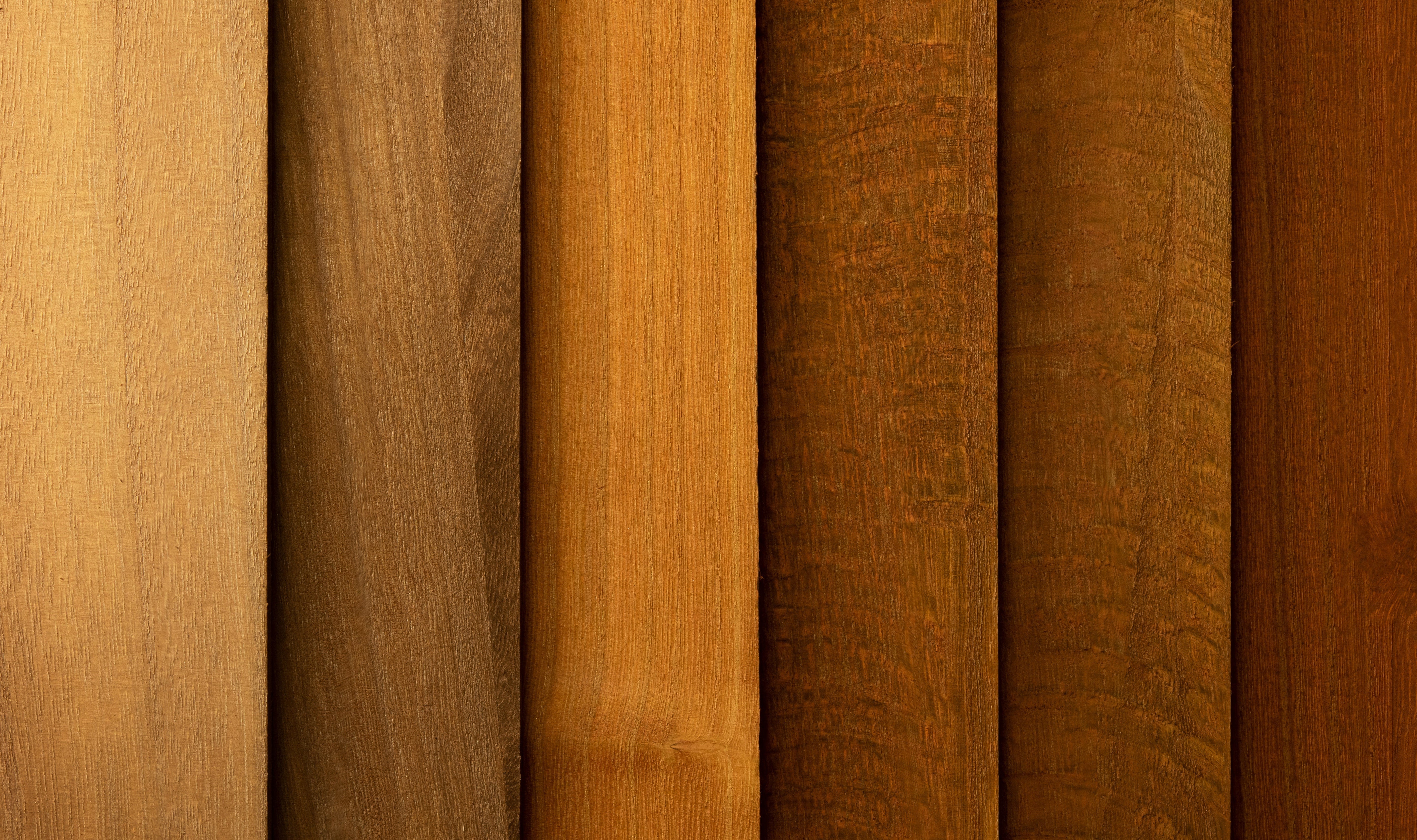Article: Maintaining a Finish

Maintaining a Finish
Essential Maintenance Tips for Preserving Your Log Home Finish
Regular maintenance is an often-overlooked yet essential aspect of log home care. Proper upkeep not only protects your investment but also ensures your home remains beautiful and functional for years to come. By dedicating time to regular care, you can save significantly on long-term costs while avoiding unnecessary headaches.
Understanding the State of Your Stain
The effectiveness of your stain is crucial for maintaining the durability and aesthetics of your log home. Over time, wear and tear can compromise its performance. Regularly assessing the state of your stain will help ensure that your home remains well-protected and visually appealing. Here are key indicators to evaluate:
- Erosion: Examine the surface for signs of uneven wear, thinning, or fading in the stain layer. Erosion typically occurs in areas exposed to heavy sun or moisture, weakening the stain's ability to protect the wood from UV rays and water damage. If you notice areas where the stain has almost completely worn off, it’s time to refresh the protective coating.
- Discoloration: A slight darkening of the stain over time is normal due to the natural aging of wood, but noticeable fading or patchy discoloration should be addressed promptly. Fading often occurs in regions with high sun exposure and can lead to the wood becoming more vulnerable to damage from the elements. Look for any areas that have lightened significantly compared to the surrounding surfaces.
- Changes in Sheen: Topcoats provide a certain level of sheen that gives your wood home its finished appearance. If you notice that your clear topcoat has become dull or inconsistent across different areas, it could be a sign that the protective layer is thinning or that contaminants are affecting its appearance. An uneven sheen can also indicate that the stain has been damaged or is no longer adhering properly to the wood.
- Water Repellency: One of the main functions of a stain is to provide water resistance, helping to protect the wood from moisture damage. A well-maintained stain should cause water to bead or shed off the surface, rather than soaking into the wood. If you notice that water is no longer beading on the surface or is instead being absorbed, it’s a clear indication that the stain’s protective barrier is no longer functioning effectively.
- Peeling or Flaking: This is one of the most obvious signs that your stain’s protective layer has been compromised. Peeling or flaking can occur due to poor application, weathering, or as a result of the stain’s protective properties breaking down over time. If these signs are visible, it’s essential to address the issue immediately to prevent moisture from penetrating the wood and causing rot or other forms of damage
Routine Cleaning for Longevity
Mold and mildew thrive on surface contaminants such as pollen, bird droppings, and dust. Regular cleaning not only enhances the appearance of your home but also extends the lifespan of your stain by preventing mold growth. Aim to wash your wood surfaces at least once a year. In humid climates, biannual cleaning may be necessary to combat increased moisture and mold risk.
When cleaning, use a mild, wood-safe cleaner and a soft brush or sponge to remove grime. Avoid using high-pressure washers, as they can damage the wood fibers and stain. A clean surface not only looks better but also sets the stage for effective stain maintenance.
Maintaining Your Stain for Lasting Protection
Maintaining your stain is a straightforward process that ensures your log home, deck, or fence remains protected. Begin by thoroughly cleaning the surface to remove dirt, grime, and any loose stain particles. Surface preparation is critical, as applying stain over contaminants will reduce its effectiveness.
Most stain manufacturers provide detailed maintenance guidelines in their product literature. Follow these recommendations closely and don’t hesitate to reach out to the manufacturer with questions. In many cases, stain in relatively good condition can be refreshed with minimal effort. Spot preparation and reapplication of the stain in affected areas may suffice. For some products, applying a new top coat can restore protection and aesthetics.
Long-Term Care and Reapplication
Just as traditional stick-built homes require periodic repainting, log homes need regular restaining. The frequency of reapplication depends on factors such as climate, sun exposure, and the quality of the original stain. However, routine maintenance can significantly prolong the life of your stain, saving you both time and money in the long run.
By proactively addressing issues like peeling, fading, or water penetration, you can maintain the beauty and integrity of your log home. Remember, a little effort today can prevent costly repairs tomorrow, ensuring your log home remains a source of pride and comfort for years to come.
Final Thoughts
Investing in the regular maintenance of your log home’s finish is not just about preserving appearances; it’s about protecting your home from the elements and extending its lifespan. With proper cleaning, timely stain maintenance, and periodic reapplications, you can keep your log home looking stunning and structurally sound. Embrace the routine—your home and wallet will thank you!
